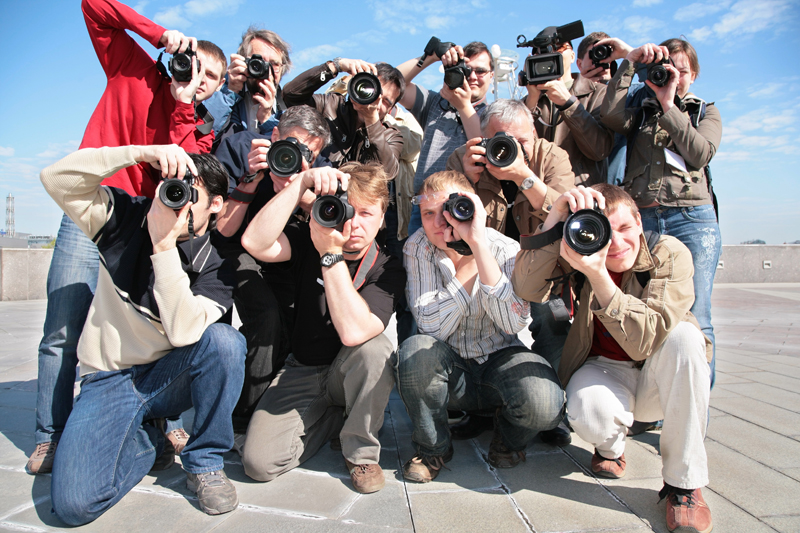Different types of Light Meter

There are a couple of different types of light meter, and these light meters measure light in a different way to each other. Even the ones built into your camera have different ways to measure light too. Find out how these light meters work, why they measure light differently and delve further into which one would be great for your own photographs!
One thing in Common
Above all light meters have one thing in common when they measure light and that is their calibration, around 18% grey! Imagine a typical scene without colour, a clear sky with some clouds and grass or a street scene, etc. Imagine everything just black and white, or perhaps imagine watching a black and white television. Pretty much most of what you’ll see on average will be varying shades of grey with much darker and black shadows here and there and shades of white highlights dotted about too.
For any given typical scene such as an outdoorsy location with a sky, grass and trees, all these grey tones found in the scene when measured and averaged together reach the value of around 18% grey. This percentage works as the basis for light meters to measure contrasting light variations. Many meters are calibrated to around this average value 18%, some are set to 12% but either way this average forms the basis for how light meters obtain readings by measuring against this set value.
Reflected Light & Reflected Light Meters
Reflected light is light that bounces back off a subject. Most built in camera meters today measure light this way and you can purchase hand held light meters that specifically measure reflected light too. Built in reflected light meters measure the amount of light that exactly enters the camera lens to the film plain or digital sensor. Hand held reflected light meters mean that you can take a reading within the cameras field of view of light being reflected from the subject.
Incident Light & Incident Light Meters
On the other hand incident light is light that is falling onto the subject. Hand held meters that measure incident light are placed close to the subject to measure the same light that is falling on the subject with the golf ball like sensor facing the camera. The incident light meter ignores the subject and background characteristics, and just measures the amount of light that illuminates the subject. These light meters are great for small subjects set against a large background, back lit subjects and taking readings of subject that are evenly lit.
One thing in Common
Above all light meters have one thing in common when they measure light and that is their calibration, around 18% grey! Imagine a typical scene without colour, a clear sky with some clouds and grass or a street scene, etc. Imagine everything just black and white, or perhaps imagine watching a black and white television. Pretty much most of what you’ll see on average will be varying shades of grey with much darker and black shadows here and there and shades of white highlights dotted about too.
For any given typical scene such as an outdoorsy location with a sky, grass and trees, all these grey tones found in the scene when measured and averaged together reach the value of around 18% grey. This percentage works as the basis for light meters to measure contrasting light variations. Many meters are calibrated to around this average value 18%, some are set to 12% but either way this average forms the basis for how light meters obtain readings by measuring against this set value.
Reflected Light & Reflected Light Meters
Reflected light is light that bounces back off a subject. Most built in camera meters today measure light this way and you can purchase hand held light meters that specifically measure reflected light too. Built in reflected light meters measure the amount of light that exactly enters the camera lens to the film plain or digital sensor. Hand held reflected light meters mean that you can take a reading within the cameras field of view of light being reflected from the subject.
Incident Light & Incident Light Meters
On the other hand incident light is light that is falling onto the subject. Hand held meters that measure incident light are placed close to the subject to measure the same light that is falling on the subject with the golf ball like sensor facing the camera. The incident light meter ignores the subject and background characteristics, and just measures the amount of light that illuminates the subject. These light meters are great for small subjects set against a large background, back lit subjects and taking readings of subject that are evenly lit.

Related Articles
Editor's Picks Articles
Top Ten Articles
Previous Features
Site Map
Content copyright © 2023 by Kaye Barnett. All rights reserved.
This content was written by Kaye Barnett. If you wish to use this content in any manner, you need written permission. Contact Ewa Sapinska for details.




